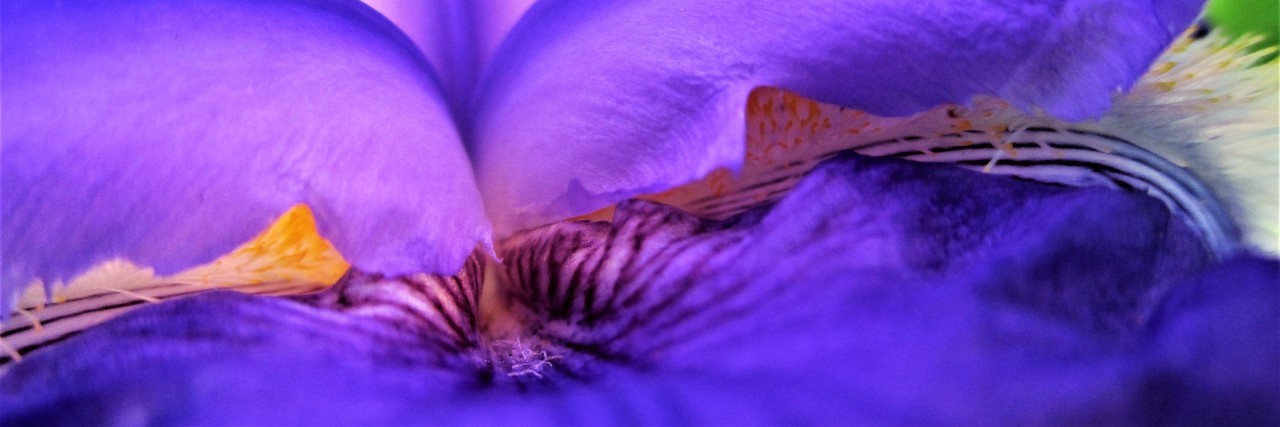The aspects of my chronic pain that I find most difficult to explain to others are the aspects I find most difficult to explain for myself.
Although the view that pain is only a result of physical damage is long since obsolete, we still associate pain with tissue compromise due to trauma, wear and tear, injury or other cellular damage.
Now, back pain does often have direct physical causes. After all, the lumbar plexus is just about the most complicated arrangement of nerve roots, nerve branches, joints, cartilage, fascia, tendons and blood vessels found anywhere in the body. Add to this the fact that this area is subject to a wide range of forces – lateral, flexion, extension, weight bearing and rotation – whilst being least supported by skeletal structure, and the delicacy, vulnerability and sensitivity of the lower back is easily understood. The complicated structure of the lumbar plexus is furthermore the reason for the risks and overall poor prognosis associated with back surgery.
When the stubbornness of chronic pain can no longer be explained in only anatomical and physiological terms however, things become somewhat more challenging. Especially the unpredictable aspect of it. Physically, I have done everything I feel safe with: invasively in the form of facet rhizotomy, Methylene blue and Ketamine injections into the collapsed intervertebral discs, and as a matter of maintenance I continue with Pilates exercises, local ointments and acupuncture.
Sure, there are the usual triggers, such as stress, cold fronts moving in (it’s winter now for us in the southern hemisphere), sugar or nightshades in my diet or me overextending myself. But most of my chronic pain seems to have no demonstrable causes.
One day I can hardly stand up straight and I lean heavily on my sticks and any surface within hand reach, the next day I feel fit and enjoy an hour’s afternoon walk in the hills behind our house. In the morning I can feel at ease and fairly mobile, and then in the afternoon things are inflamed and sore. I can make others understand that phenomenon, but that doesn’t explain it. Besides, knowing what something is can never be the same as knowing what something feels.
What helps me most in coming to acceptance and in being at peace is the image of my chronic pain being an entirely independent energy. It’s almost like a living being that has its own rhythms, behavior and moods. Therefore, when I am sore, the pain is not a reflection of my condition, but it just happens. That’s why self-blame, guilt and shame make absolutely no sense.
Using creativity, I have on several occasions drawn my lower back, especially the area comprising the sacrum, sacroiliac joints and L2-L5 vertebrae, as detailed as I can, and then drawn into that a butterfly or a sun or a flower. These drawings hang on my wall and help me envisage that “living being” there as benign and playful.
I am not a master over my chronic pain, but neither am I its slave.

